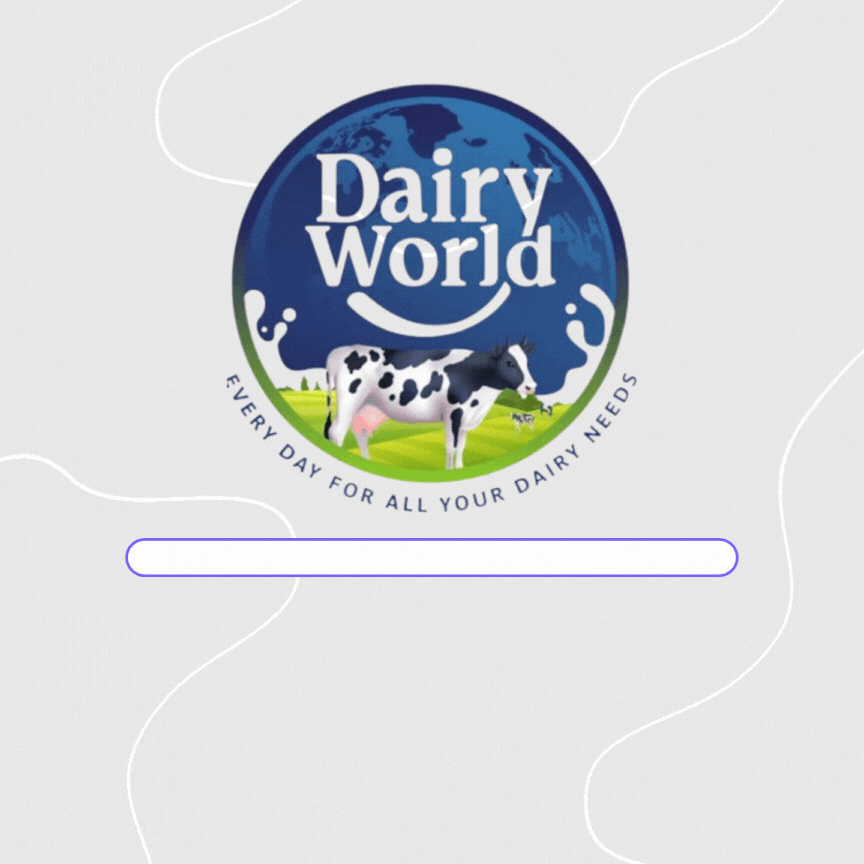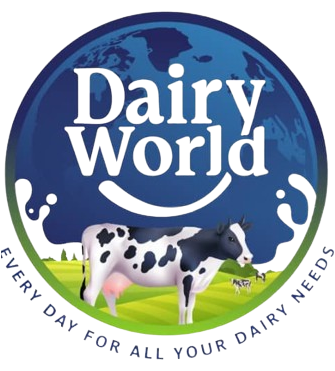Introduction
The global milk powder market in 2024 is undergoing significant transformations, influencing both the dairy industry and consumer behavior worldwide. Valued at approximately $35.2 billion, this sector has experienced robust growth and is projected to expand at a compound annual growth rate (CAGR) of 6.10% through 2031. What are the key driving factors behind this sustained growth? How do economic and lifestyle changes across different regions impact demand for milk powder? Ultimately, how can companies and traders effectively capitalize on these emerging opportunities? In this article, we will thoroughly explore these questions and analyze the key trends shaping the global milk powder market.
Global Milk Powder Market Analysis by Geographical Regions
The global milk powder market is assessed by country, type, end-use application, and distribution channel. Key markets include the United States, Canada, Mexico, Brazil, Argentina, Germany, France, Italy, the United Kingdom, China, and India. Notably, the Asia-Pacific region dominates the global milk powder market, driven by significant lifestyle changes and its vast population.
Geographical Trends
Demand in Asia-Pacific
A primary driver of growth in the milk powder market is the increasing demand for packaged and processed foods, especially in the Asia-Pacific regions. This region leads the market due to its large population, rising urbanization, increasing incomes, and evolving dietary patterns. Countries like China, India, and other Southeast Asian nations account for substantial market shares, attributed to high milk powder consumption rates in daily diets and infant nutrition. As income levels rise and awareness of the nutritional benefits of milk powder grows, the market in the Asia-Pacific continues to expand. The inherent advantages of milk powder, including its long shelf life and ease of use, further bolster this growth.
Consumption in Europe and North America
In Europe and North America, the milk powder market demonstrates stable growth rates. In these regions, milk powder is predominantly used in the baking and confectionery sectors as a valuable nutrient that enhances protein content and maintains product quality. This sector is recognized as one of the largest consumers of milk powder in these areas.
Competitive Landscape of the Global Milk Powder Market
The milk powder market is witnessing significant growth driven by high demand across various industries and increasing consumer preference for durable and easy-to-use food products. Limited access to fresh milk in certain regions and the rising global population have positioned milk powder as a key solution to meet the nutritional needs of this expanding demographic. Additionally, urbanization has solidified milk powder’s role as an essential item in daily food baskets, leading to a continuous increase in its market share.
The milk powder market is fragmented, comprising both large multinational corporations and local players. Companies are focusing on expanding their product portfolios and improving quality to enhance their market presence and boost market share. Key strategies include forming strategic alliances, mergers, and partnerships to leverage shared strengths and expand distribution networks.
From a competitive standpoint, major players in the global milk powder market include Fonterra, Nestlé, and Arla Foods.
Factors Influencing the Growth of the Global Milk Powder Market
Long Shelf Life and Ease of Use
One of the key factors driving the growth of the global milk powder market is its long shelf life and ease of use. Compared to liquid milk, milk powder is easier to store and transport. These features—long shelf life and convenience—have significantly contributed to the market’s expansion. The process of removing moisture from milk during milk powder production results in a product that spoils more slowly and remains usable for a longer period. Additionally, proper packaging plays a crucial role in maintaining the quality of milk powder by preventing moisture and contaminants from entering.
Increasing Demand in Developing Markets
With urbanization, lifestyle changes, and population growth, the demand for dairy products like milk powder is rising in developing markets. These changes, driven by shifts in consumer preferences and economic transformations, have expanded the milk powder market in these regions. Urbanization in these areas has increased the demand for more convenient products with longer shelf lives.
Health and Wellness Trends
An emerging trend in the market is the increasing demand for protein-enriched milk powders that cater to health and wellness needs. Consumers are now more inclined towards products with transparent and reliable labels, prompting producers to adopt clear and transparent labeling practices. Additionally, the customization of milk powder blends and the exploration of new and diverse flavors have contributed to attracting more customers and fostering market growth.
Industrial Applications
Milk powder has a wide range of applications across various industries, contributing to its increasing market share. In the food industry, milk powder is an essential ingredient in the production of chocolate, baked goods, confectioneries, and infant formulas. In the pharmaceutical sector, milk powder is utilized in the production of vitamin and mineral supplements. Additionally, in the cosmetics and skincare industry, the moisturizing and nourishing properties of milk powder are employed in skincare products.
Technological Advancements
Technological advancements in this industry have enhanced product quality and improved production efficiency. Improvements in “spray-drying technology” and “membrane filtration” have extended the shelf life and stability of milk powder, boosting its market share. Moreover, advances in packaging have helped preserve the freshness of the product for longer periods and made transportation easier. The development of instant milk powder, which dissolves easily in water, also demonstrates the industry’s efforts to meet consumer needs, further contributing to market growth.
New Products and Innovations
There are numerous opportunities for manufacturers and traders to innovate by introducing new products, such as “milk powder fortified” with vitamins, minerals, or functional ingredients. The milk powder market is evolving, and producers are responding to health-conscious consumers by offering enriched varieties of milk powder with additional nutritional benefits. For example, in 2023, Nestlé introduced a new instant milk powder in “Central and West Africa” that combines milk and soy to offer a product rich in protein, fiber, iron, and calcium.
Challenges and Limitations of the Global Milk Powder Market
Import and Export Regulations
The milk powder market faces several challenges, one of which is the strict regulations governing its import and export. These regulations encompass health standards, labeling requirements, and tariff restrictions. Additionally, concerns about additives used in milk powder can negatively impact the product’s popularity. International traders must familiarize themselves with export and import laws, as well as the quality and standards of dairy products, ensuring that the purchased goods comply with the legal requirements of the destination country.
Price fluctuations and influencing factors
Milk powder prices in global markets are affected by factors such as fluctuations in raw milk production, changes in export and import regulations, and global economic developments. International traders must pay close attention to these factors and adopt appropriate strategies to manage the risks associated with price volatility.
Concerns Regarding Lactose Intolerance
Some consumers are sensitive to lactose, which may limit the consumption of traditional milk powder. These concerns have led to an increased demand for lactose-free or low-lactose products. Lactose intolerance is one factor that influences the dynamics of the milk powder market, and manufacturers must respond to these needs by developing suitable alternatives.
Competition from Dairy Alternatives
The growth of dairy alternatives, such as plant-based milks, has posed a challenge to the traditional milk powder market, particularly among consumers seeking non-dairy options. Additionally, the lack of proper infrastructure in developing countries may present challenges to the growth of the milk powder market in these regions.
Conclusions and Predictions
The global milk powder market is expected to continue its dynamic growth in light of current trends, but the path forward is filled with both challenges and new opportunities that companies and traders must address swiftly. Increasing demand in developing markets and changes in consumer lifestyles present a golden opportunity for manufacturers. However, strict regulations, price fluctuations, and competition from non-dairy products may emerge as significant obstacles to market expansion. Despite these challenges, there is room for innovation and differentiation. For instance, the rising demand for specialized milk powders and emerging markets offer fresh opportunities for the development and expansion of this industry.


